Posted by Maris on 5th Dec 2023
10 Must-See Museums in Glasgow To Explore Scottish Culture
Glasgow is an excellent place to begin learning about its rich history. Whether you're looking for general interest facilities or more specialized attractions, Glasgow's various museums will satisfy every taste and curiosity. We've selected a few of Glasgow's greatest museums to get you started.
1. Kelvingrove Art Gallery and Museum
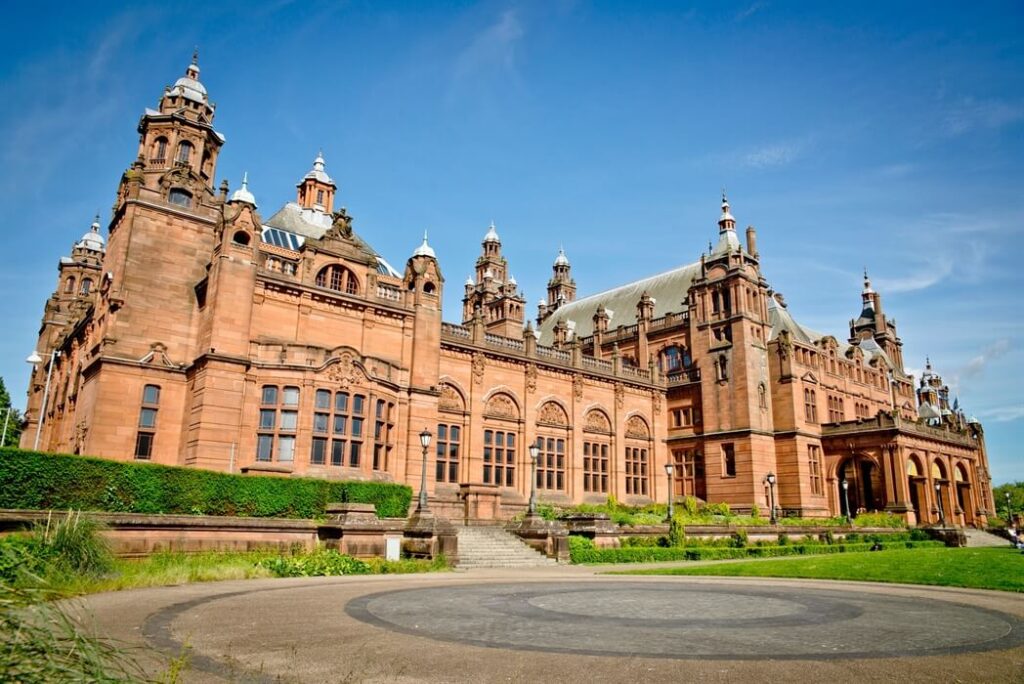
The Spanish Baroque-style red-sandstone jewel in Glasgow's cultural crown attracts over a million visitors each year, so they must be doing something right. The vast business, which has been in existence since 1901 and was recently refurbished for £28 million, is neatly separated into two wings.
To the right is one of Europe's most magnificent pieces of public art. To the left is a unique and amazing museum exhibit that opens with a Supermarine Spitfire that is dramatically suspended from the ceiling over a collection of stuffed animals that includes a favorite, Sir Roger the Indian Elephant.
2. Glasgow Police Museum

A museum dedicated to "the polis," as Glaswegians term it, may stand out in a city like Glasgow, which is so disobedient. The first professional police force in the United Kingdom, however, was situated in Glasgow.
This little museum in the Merchant City is exclusively managed by volunteers, many of whom are former police officers, and is primarily focused on recording the City of Glasgow Police's 200-year history and the colorful characters who have served in its ranks. The International Police Exhibition features insignia, headwear, and uniforms from all over the world, with over 2,000 items in total.

3. Hunterian Museum and Art Gallery
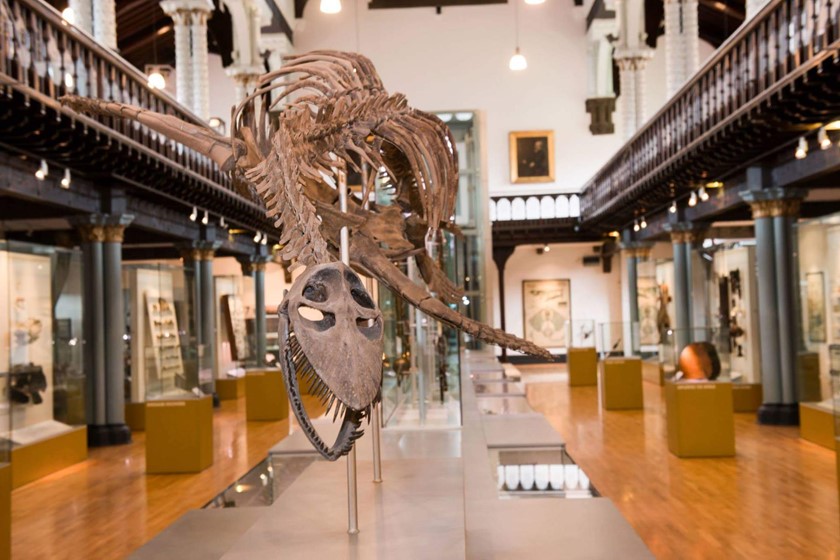
The neo-Gothic University of Glasgow building houses Glasgow's (and Scotland's) oldest public museum, which is also one of the most difficult to discover. However, the trip is well worth it to see the treasures that are worthy of the university's reputation as one of the most illustrious centers of research and innovation in the country, including some of the best Roman artifact collections in the country and scientific instruments owned by steam engine pioneer James Watt. The Hunterian is also situated in Mackintosh House, a badly built memorial to the city's most adored architect, Charles Rennie Mackintosh.
4. St. Mungo Museum of Religious Life and Art
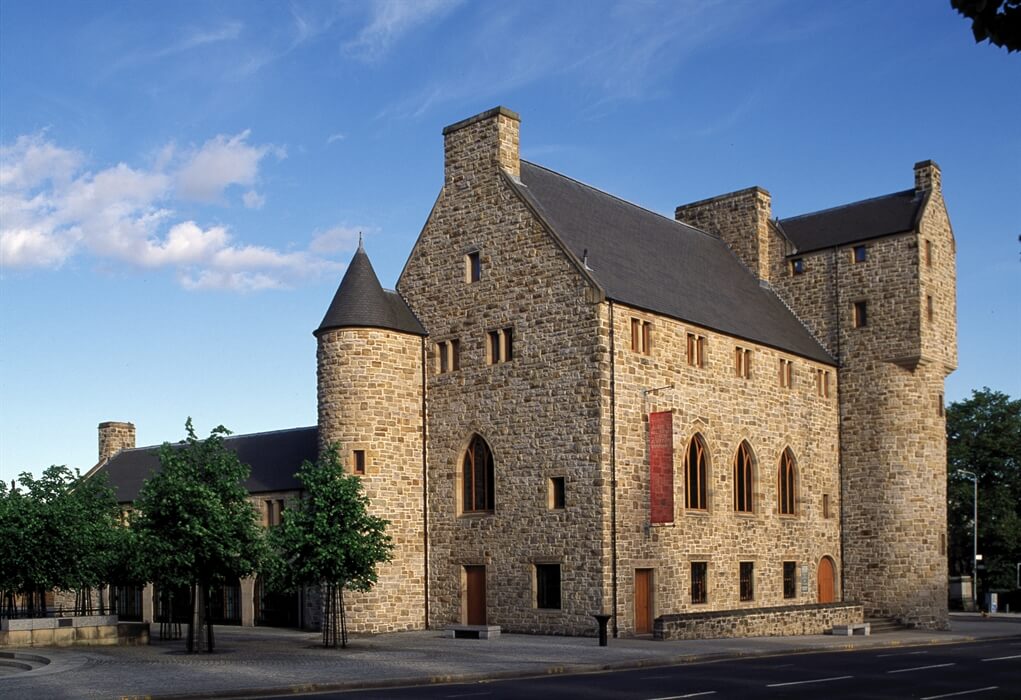
It is one of the world's few public museums that is entirely dedicated to religion in all of its forms. Visit a Zen garden, study Islamic calligraphy, and look upon a bronze carving of the Hindu god Shiva Nataraja as you learn about the Catholic and Protestant religions that are most important in the west of Scotland, rather than football. You can continue your adventure outside at the ancient Glasgow Cathedral.
5. Scottish Football Museum

Scotland and England played the first international football match in Glasgow in 1872. Even though Scottish football has struggled in the early twenty-first century—the men's national team hasn't qualified for a major tournament since the 1998 World Cup—the country's great football tradition and the fact that Scots are still utterly enamored with the game cannot be denied.
As a result, it stands to reason that Scotland's national stadium would have a museum dedicated to the "beautiful game," complete with exhibits ranging from sticker and strip collections to a Hall of Fame (Dalgleish, Stein, Ferguson, Law!) and a few balls. A visit to Hampden Roar's stadium, site of a few memorable victories, should undoubtedly be included.
6. Fossil Grove
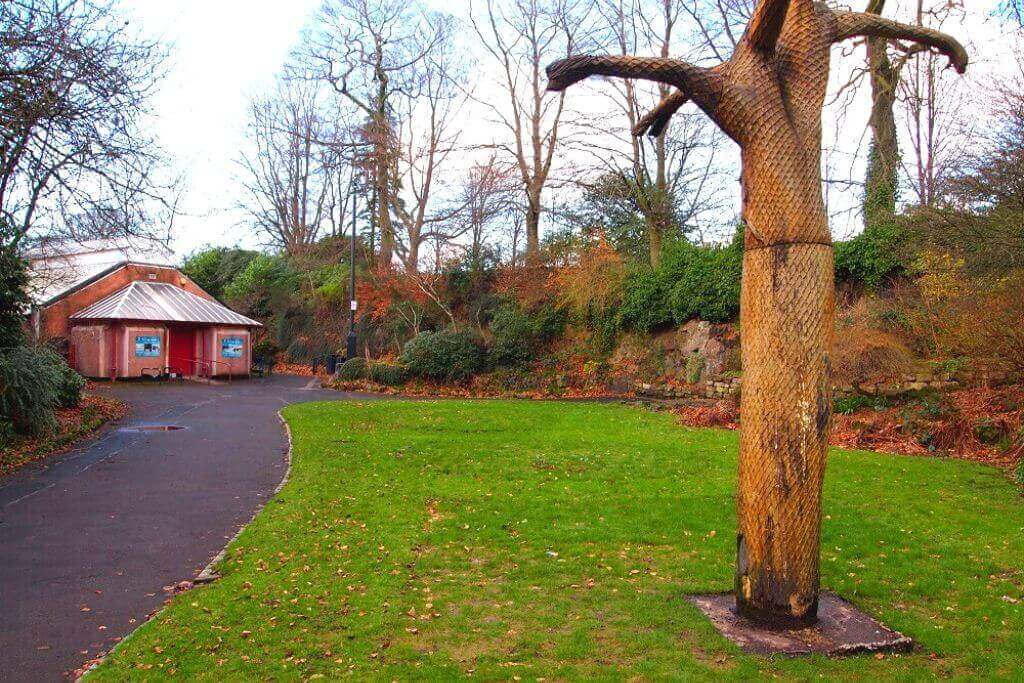
If you ask a long-term local about the location of this little and, shall we say, niche historical landmark in Victoria Park in Glasgow's West End, you could get the response, "Fossil what?" How many other tourist attractions, on the other hand, can claim to be 330 million years old and still be in pristine condition?
The 11 Carboniferous Period fossil tree stumps were discovered while the park was being landscaped in 1887 utilizing the remnants of an ancient quarry; a modest but informative museum was then built around them.
7. Riverside Museum
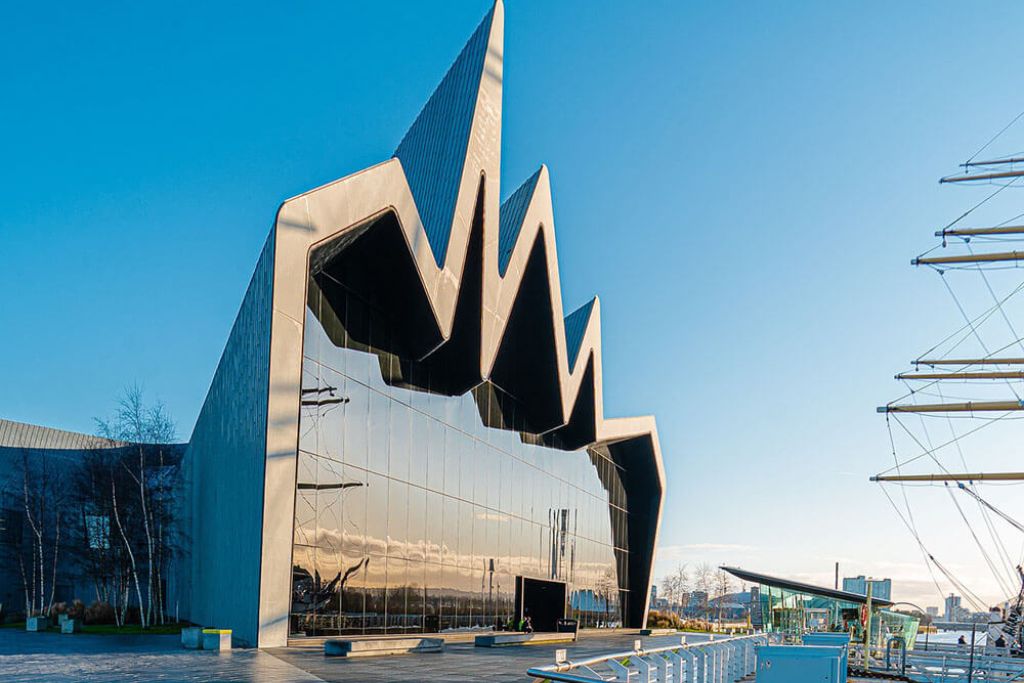
The stunning Riverside Museum, designed by Zaha Hadid, is a mixed-use structure of zigzagging metal and glass dedicated in part to the rich heritage of Glasgow's famous River Clyde and its now-extinct shipbuilding industry. It is quickly becoming a landmark, taking the place of Kelvin Hall's old Museum of Transport.
A wall of vintage cars, an accurate reconstruction of a bygone Glasgow street, a spectacular 1940s steam engine, and the elegant 19th-century tall ship the Glenlee, anchored on the river itself, are just a few of the highlights.
8. The Burrell Collection
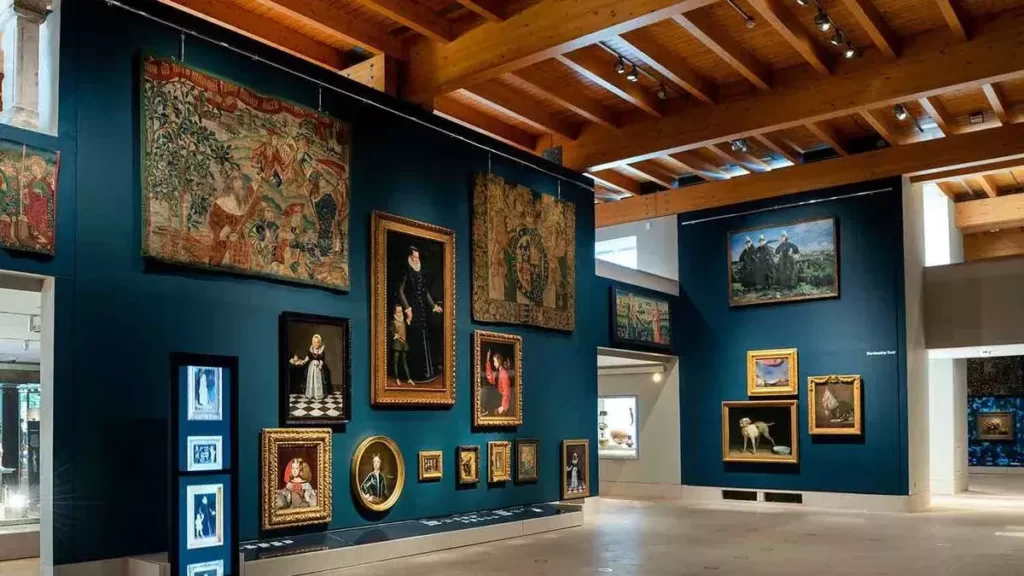
Sir William Burrell dedicated this massive collection of approximately 9,000 objects to Glasgow in 1944. The Burrell Collection reopened in 2022 after a £68 million makeover that increased the museum's accessibility and sustainability. Today, visitors can take a tour of 6,000 years of history by visiting any of the 225 exhibitions scattered across 24 galleries.
Highlights include one of the UK's finest collections of Chinese art, Roman sculpture, Egyptian pottery, and works by prominent nineteenth-century French painters like as Manet, Cézanne, and Degas.
9. Scotland Street School Museum
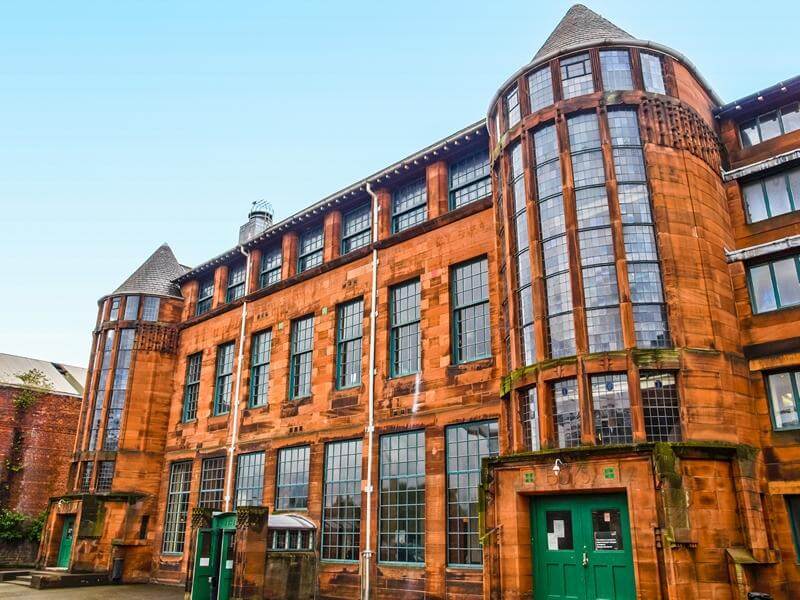
Since 1979, when dwindling enrollment due to the decline of the shipbuilding sector (and the resulting urban decay) took its toll, the school has been closed at this exquisite Mackintosh-designed institution on Scotland Street. It has been reopened as a museum highlighting the severe tactics employed by the British school system from the Victorian era to the 1960s.
10. Museum of Piping
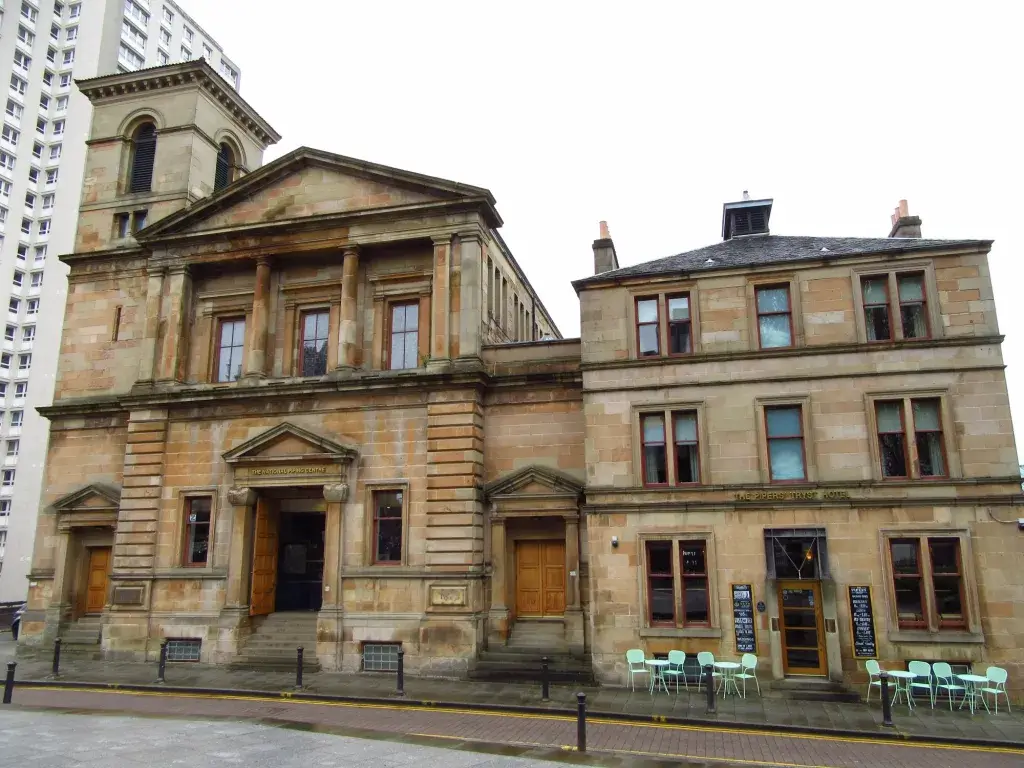
Despite the not-so-dulcet tones of Scotland's national instrument, there is no disputing that a good bagpipe strain can evoke strong feelings unlike anything else. The National Piping Centre's little-known Museum of Piping explores the three centuries of Scottish and international piping history.
Star exhibits include 18th-century bagpipes from Loch Aweside in Argyll, small pipes from Northumbria, a strong collection of Polish, Hungarian, Spanish, and Italian pipes, and an instrument that once belonged to John MacColl (1860-1943), one of the greatest figures from what is frequently regarded as piping's golden age.


